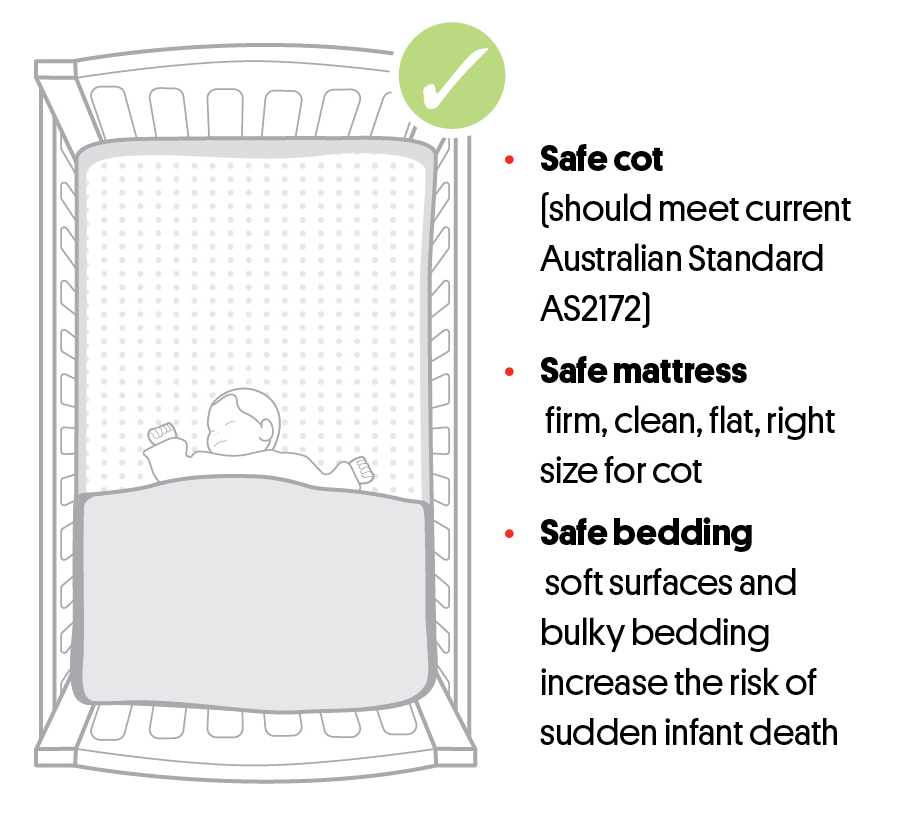


Some cultures even think it's cruel to separate a mom and baby at night. Bed-sharing is a tradition in at least 40 percent of all documented cultures, Konner says, citing evidence from Yale University's Human Relations Area Files. The practice continues to be widespread around the world. Modern hunter-gatherer cultures provide our best insight into the behaviors of our early ancestors, and bed-sharing is universal across these groups, he says. Homo sapien moms and their newborns have been sleeping together for more than 200,000 years, says anthropologist Mel Konner at Emory University. What's more, the practice of bed-sharing is as old as our species itself. "This is what's good for their physiology. What they need the most is their mother's and father's bodies," McKenna says. There is good reason for this mutual pull toward each other, says James McKenna, an anthropologist at Notre Dame who has been studying infant sleep for 40 years. Demanding to be held is a newborn's forte. And many babies have strong opinions about wanting to sleep with their moms. There is no question that many moms have an instinct to sleep with their babies. The high-risk baby is of low birth weight and has parents who smoke and a 21-year-old mother who has more than two alcoholic drinks regularly.Ĭristina Spanò for NPR./Sources for statistics: BMJ Study On Bed-Sharing (SIDS) NOAA (lightning) CDC (drowning and car accident) NIH (peanut allergy) The low-risk baby is of average birth weight and has a 30-year-old mother who does not smoke or drink. And research suggests that using a pacifier during sleep helps reduce the risk of SIDS.īut if you are breastfeeding, consider holding off on a pacifier for a few weeks while you and your baby are figuring things out.SIDS risk is calculated for a 2-month-old, female baby of European ancestry. If your baby has trouble settling down, a pacifier might do the trick. Swaddling should stop once your baby shows signs of rolling over, around 4 months.Ĭonsider a pacifier. Babies need to be able to bend their legs. If you swaddle your baby, make sure it isn't too tight. Swaddling a baby means wrapping them in a blanket or a swaddling sleep sack. Some babies fall asleep faster when they are swaddled.

If your baby is still upset, offer comfort and try again. Allow a short time to pass before you check on your baby. Your baby might fuss or cry for a few minutes before falling asleep. And clear the bed of blankets and other soft items. Remember to place newborns on their backs to sleep unless your health care provider says another position is better for your child's medical needs. Putting drowsy babies in bed helps link it with the process of falling asleep. When you see signs of tiredness, such as when babies rub their eyes, head to the bedroom. If nighttime caregiving is shared with others, it helps if everyone follows the same routine. And keep your voice low and soothing to help limit how interested, also called stimulated, your baby is by your presence. Avoid playing with your baby right before bedtime.


 0 kommentar(er)
0 kommentar(er)
